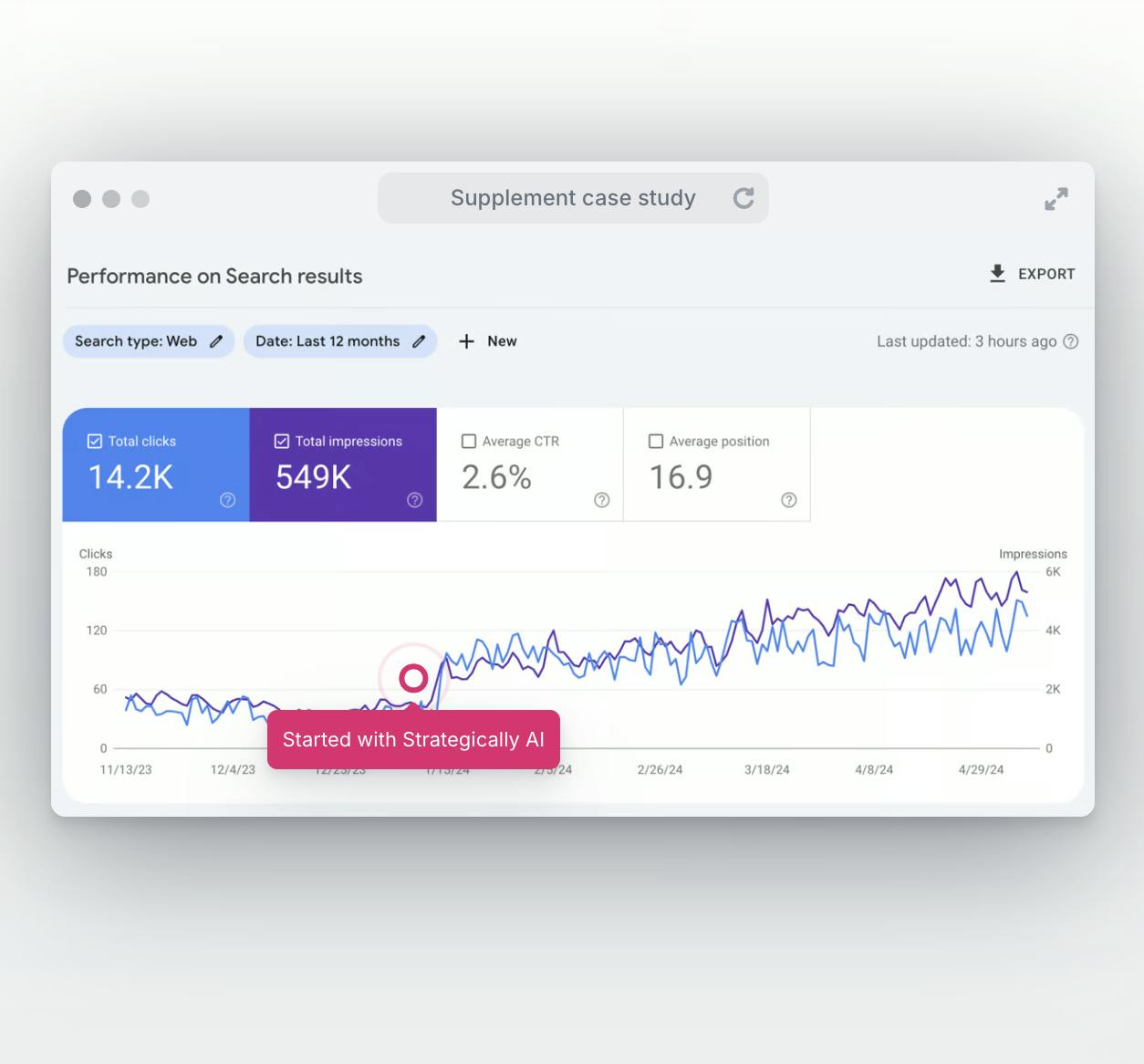Have you ever been tongue-tied trying to describe someone? Whether you’re penning a character for your novel, crafting a recommendation letter, or simply sharing stories about your friends, the right adjectives can paint a vivid picture. Words are the brushes we use to color our narratives, and adjectives are the palette that gives nuance to our descriptions. So, let’s dive into the world of adjectives to describe a person, and explore how to use them effectively.
The Power of Adjectives
Adjectives—they’re the spice in the curry of conversation. Too few, and your description is bland. Too many, and it’s overwhelming. But just the right amount? That’s when your listener's or reader's imagination starts to sizzle. Remember, adjectives do more than just describe a person; they reveal your perception of them.
Painting Personality
Imagine personality as a canvas where each trait is a stroke of color. Kind, irascible, effervescent—each word adds depth. Describing someone as "generous" isn't merely about their willingness to share but also conveys warmth and a sense of connection.
Describing Physical Appearance
When it comes to looks, adjectives can be delicate brush strokes. Tall, petite, athletic—these words should be used with care, ensuring they don’t offend but accurately sketch the person's silhouette in the mind of your audience.
Expressing Emotions and Behavior
How about the way someone carries themselves or reacts? Stoic, exuberant, melancholic—each one can express a whole spectrum of emotions and behaviors. They can capture the essence of a person's reactions to the world around them.
Intellectual and Moral Traits
Some adjectives highlight the mind’s landscape: intelligent, naive, cunning. Others, like honest or unscrupulous, map out a moral terrain. These words carry weight and judgment, so wield them wisely.
The Professional Persona
In the corporate jungle, certain adjectives are like a firm handshake—competent, innovative, diligent. They convey a sense of professionalism and work ethic. But remember, every industry has its own lingo.
Capturing the Unique
Every person has a unique flair. Adjectives like quirky, mysterious, or unconventional can celebrate their individuality. It’s like recognizing the unique flavor in a homemade dish that no restaurant can replicate.
The No-No List
Some adjectives are loaded guns. Words like crazy, lazy, or dumb should be avoided. They can misfire and do more harm than good. It’s about respect, not just political correctness.
Adjectives in Action
Now, how do we put these adjectives to use? It’s like making a bouquet—selecting each word carefully to create a beautiful arrangement that conveys the right sentiment and image.
The Sound of Descriptions
Don’t forget the music of language. Adjectives like mellifluous and harsh describe voices with a rhythm, helping your reader "hear" the person you’re describing.
The Age Factor
Age-related adjectives—youthful, elderly, middle-aged—must be used with sensitivity. They can be informative, but they can also be stereotypical. It’s the difference between a birthday cake and a day-old muffin.
Cross-Cultural Considerations
In our global village, it's crucial to be culturally aware. Adjectives must be chosen with consideration for cultural sensitivities and norms to avoid misinterpretation.
The Influence of Context
The setting often dictates the adjective. Boisterous at a party might be commendable, but the same word in a library could be a critique. It’s about reading the room.
Sharpening Your Descriptive Skills
Just like a chef sharpens knives, a good writer sharpens their vocabulary. Read widely, listen carefully, and practice. That’s how you’ll find the perfect adjective.
Conclusion
Selecting the right adjectives to describe a person is an art. It requires insight, empathy, and a dash of creativity. Now go on, be bold, be kind, be accurate, and paint the world with your words.








